Chapter 1
The Beginning of Sophia’s Internationalization
~From St. Aloysius Hall to Bosch Town~
From the founding of Sophia University in 1913, two houses on campus were used to serve as a student dormitory; one was the former residence of Akaboshi Tetsuma, a businessman, and the other was the former residence of General Ōshima Hisanao. The dormitory soon became a place where students with diverse backgrounds lived together, including not only Sophia students, but also students from other universities and from overseas. This chapter presents a brief history of Sophia student dormitories from 1920 to 1956 (that is, from the time when the facility acquired the name St. Aloysius Hall up to the completion of Sophia House). It will also introduce Father Franz Bosch, S.J., who made a significant contribution to Catholic education as a head dormitory supervisor.
1. The Era of St. Aloysius Hall
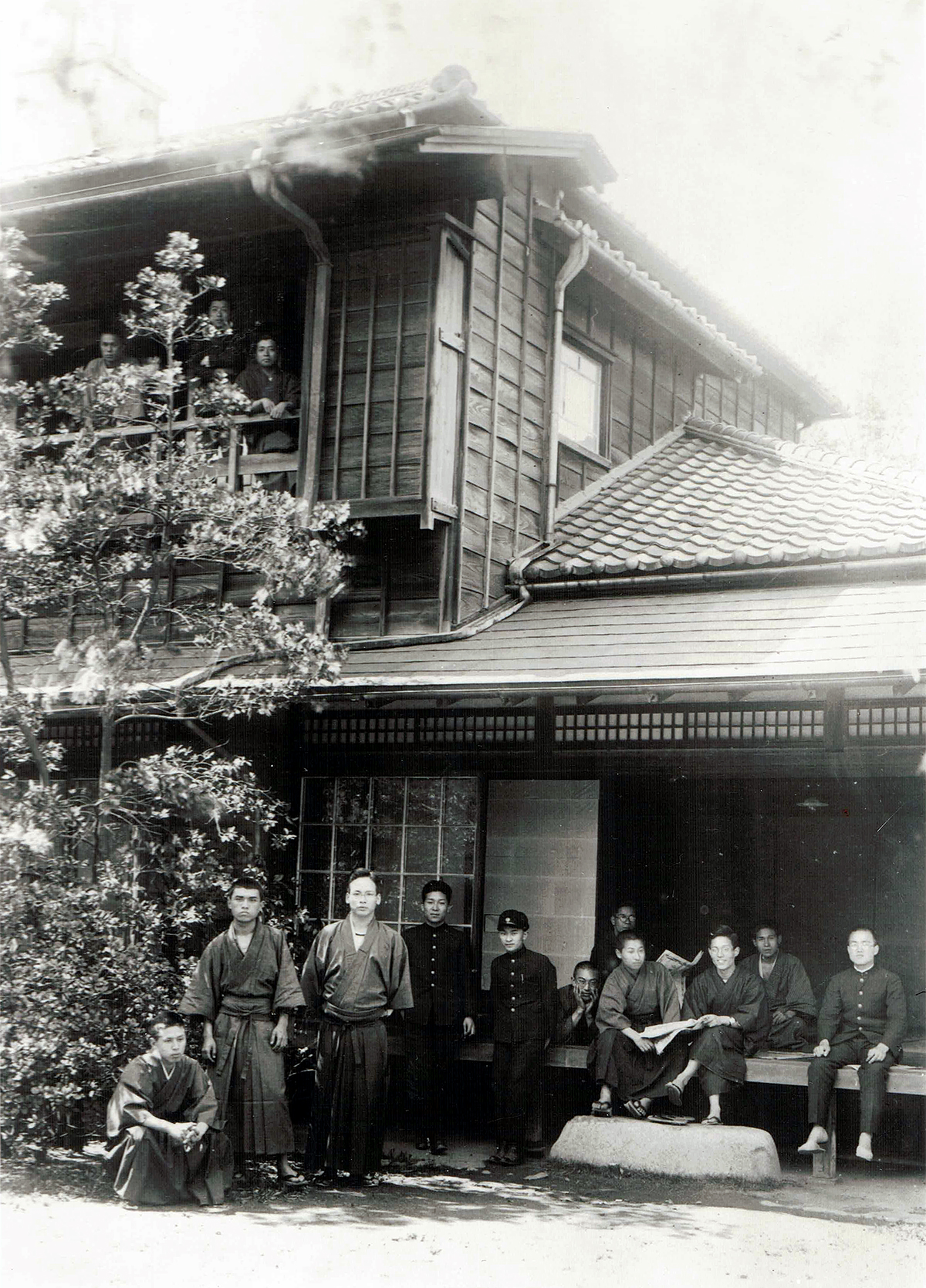 Document Number:nega 1-0466
The first student dormitory operating since the university’s founding (former Akaboshi Residence, 1934)
Document Number:nega 1-0466
The first student dormitory operating since the university’s founding (former Akaboshi Residence, 1934)
The name of the dormitory “Aloysius” came from St. Aloysius Gonzaga, an Italian Jesuit who lived in the late sixteenth century. The dormitory was named after him presumably because he has long been known as a patron saint of young students. When the present Building No. 1 was completed in 1932, another building designated as the dormitory (“new building”) was also built nearby. The Akaboshi residence was relocated right next to it, and became known as the old building of the dormitory. These two buildings together became the new St. Aloysius Hall. The rare photo on the left shows the exterior of the Akaboshi residence. The photo on the lower left shows the Akaboshi residence in the midst of demolition. It was located around what is now the piloti of Building No. 8. The entrance of Building No. 1 which appears on the right side no longer exists; it has now become a part of the piloti. From the photo, we can also tell that the new dormitory building stood roughly where the S.J. House now stands (see the campus map on the bottom right).
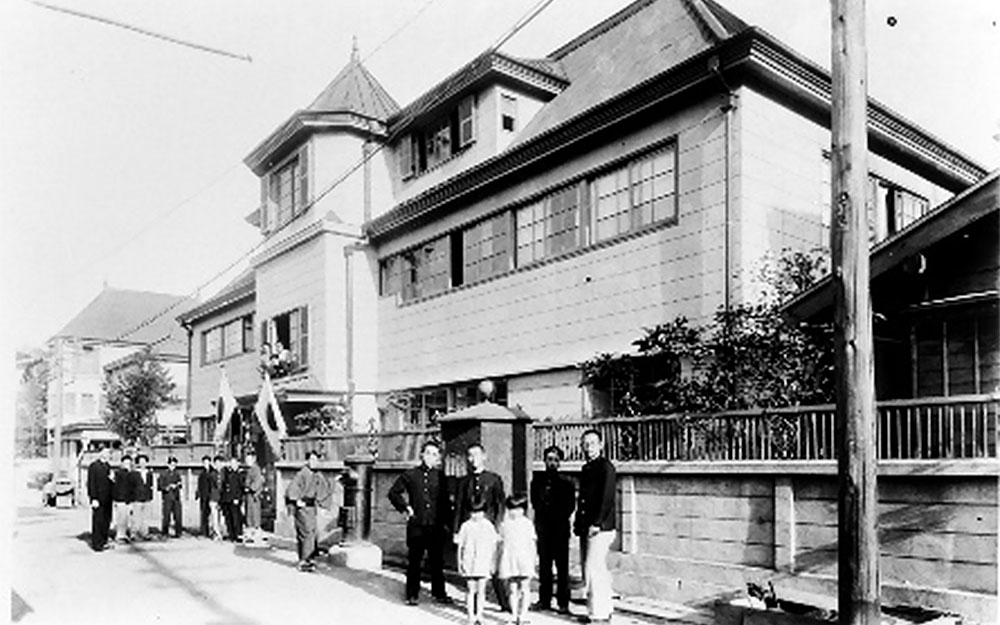 Document Number:nega 35-A-0060
The new building of St. Aloysius Hall, completed in 1932 (demolished in July 1961), with the Jesuits’ residence (now called S.J. House) on the left, and the former Akaboshi Residence on the right. Standing in front of the new building are dormitory residents and children from the neighborhood.
Document Number:nega 35-A-0060
The new building of St. Aloysius Hall, completed in 1932 (demolished in July 1961), with the Jesuits’ residence (now called S.J. House) on the left, and the former Akaboshi Residence on the right. Standing in front of the new building are dormitory residents and children from the neighborhood.
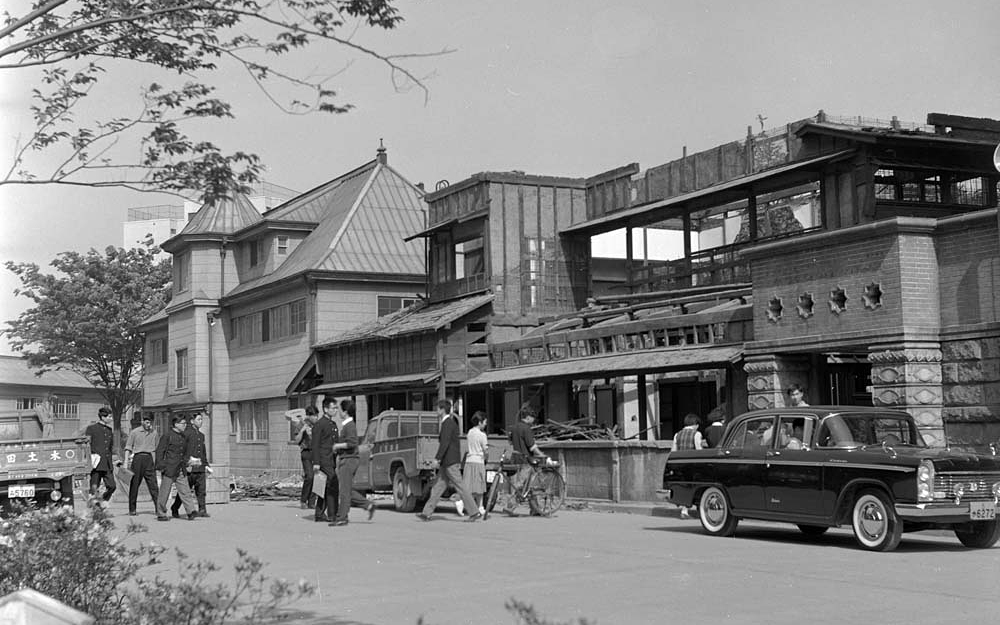 Document Number:nega SUP-A-192
The former Akaboshi Residence under demolition, May 1961
Document Number:nega SUP-A-192
The former Akaboshi Residence under demolition, May 1961
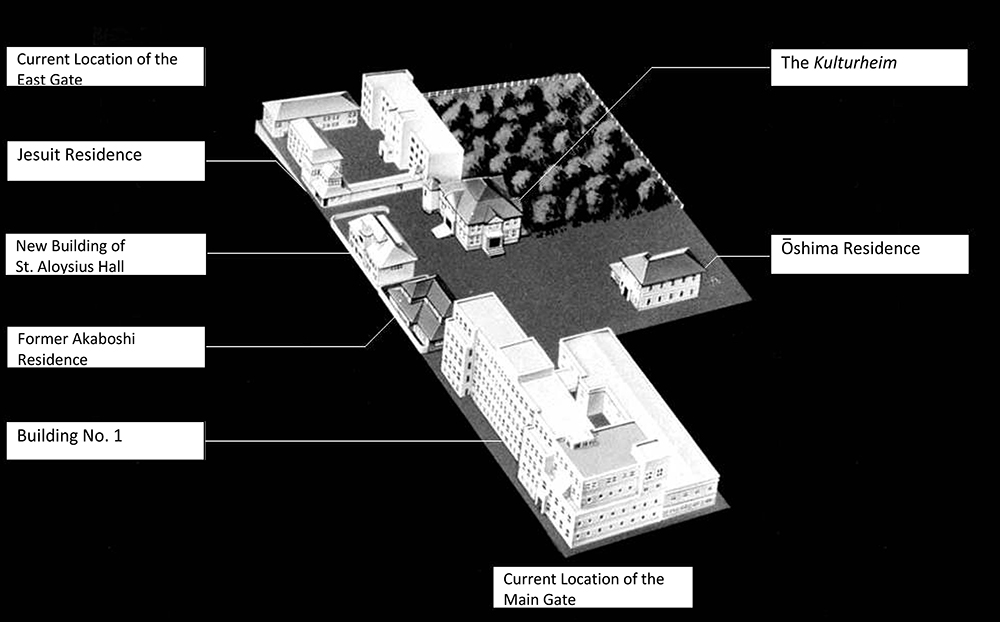 Document Number:nega 1-0630
Yotsuya campus layout, circa 1932
Document Number:nega 1-0630
Yotsuya campus layout, circa 1932
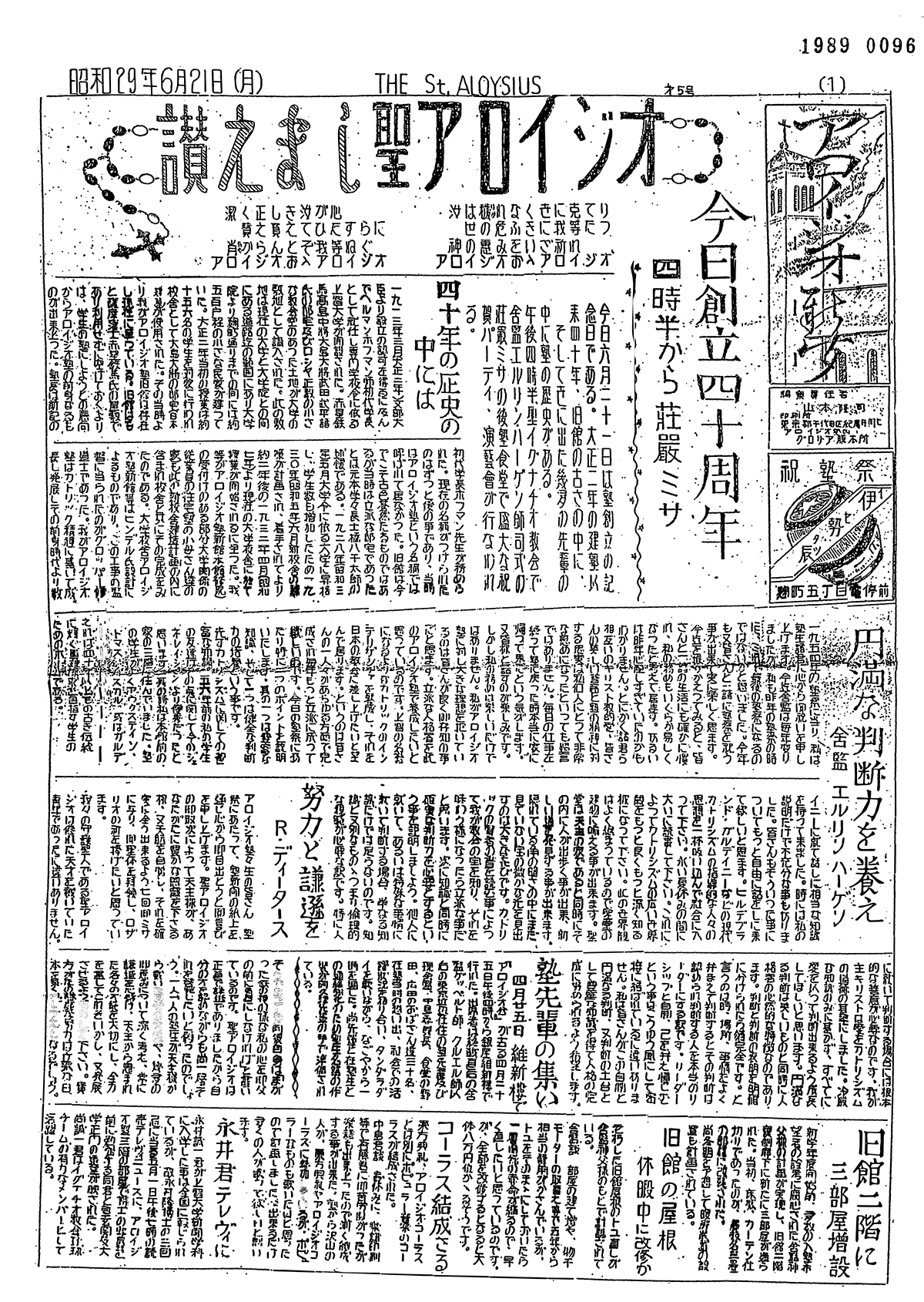 Document Number:FC083-001-006
Aroijio Shimbun (The St. Aloysius)
Document Number:FC083-001-006
Aroijio Shimbun (The St. Aloysius)
On the left you see issue no. 5 of Aroijio Shimbun (The St. Aloysius),* published in 1954, which reports on the fortieth anniversary of the student dormitory at Sophia. It describes how the Akaboshi residence was turned into the first student dormitory, and also why the new dormitory building was built.
* Aroijio Shimbun was a dormitory newspaper published in the postwar years
St. Aloysius Hall accepted only Catholic students and was a testing ground for Catholic education. Dormitory supervisors, many of whom were Jesuit priests, resided there with the students. Issue no. 5 of Aroijio Shimbun introduces a message from one of the supervisors, Helmut Erlinghagen, S.J., who describes the purpose of the dormitory as “nurturing Catholic intelligentsia who would bring honor to Sophia University, and sending them eventually to the Church in Japan.” These words clearly express the purpose for which the dormitory was established.
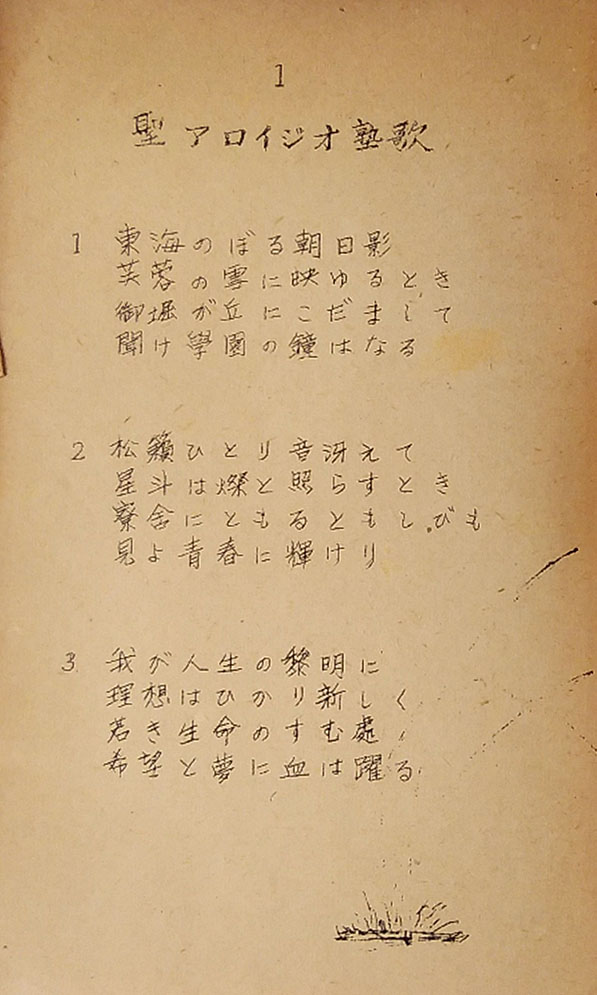 Document Number:FC083-001-010
The dormitory song of St. Aloysius Hall
Document Number:FC083-001-010
The dormitory song of St. Aloysius Hall
Dormitory Song of St. Aloysius Hall
Shown on the left are the lyrics of the dormitory song of St. Aloysius Hall. It is included in Uta-no-hon (The Song Book), which dates from 1943, and which is thought to have been compiled at the dormitory. The book begins with the dormitory song and includes fifty-nine songs (from Japan, Germany, Scotland, etc.) with illustrations and with lyrics in their original languages.
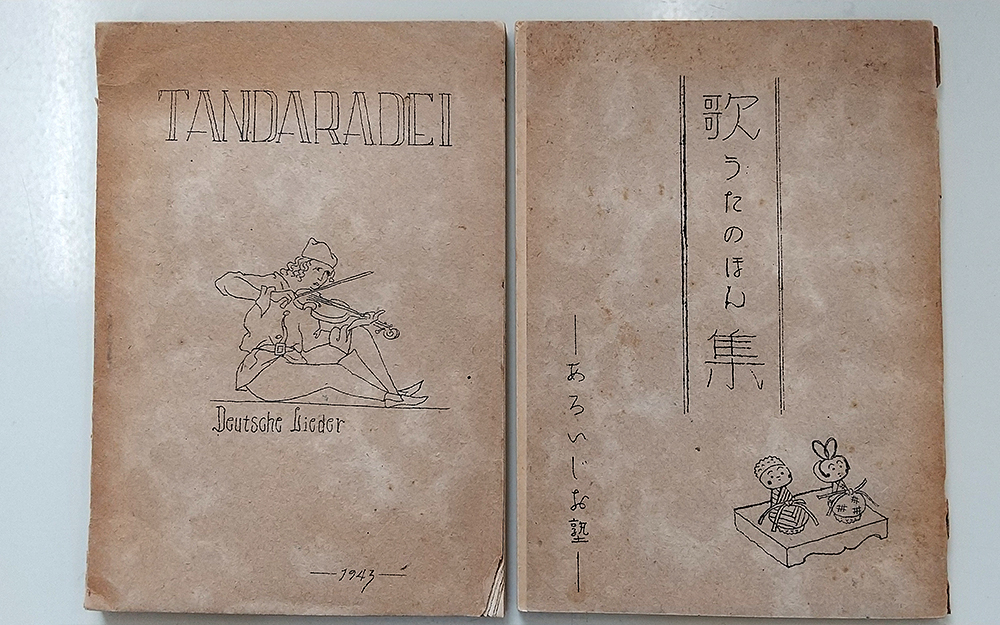 Document Number:FC083-001-010
The front and back cover of the dormitory song book
Document Number:FC083-001-010
The front and back cover of the dormitory song book
2. Father Franz Bosch, S.J. and Students at Sophia Dormitory
St. Aloysius Hall survived the destruction of the war intact. Meanwhile, some of the students who were demobilized and came back from labor service and factory work faced serious difficulties such as housing shortage. Some were compelled to abandon their studies. To save such students, the university purchased Quonset huts from US military authorities and relocated them to the campus. In April 1948, a new makeshift dormitory consisting of these huts became available. The person who made this possible was Father Franz Bosch, S.J. The Quonset huts were popularly known as “kamaboko house” or “Bosch Town.”
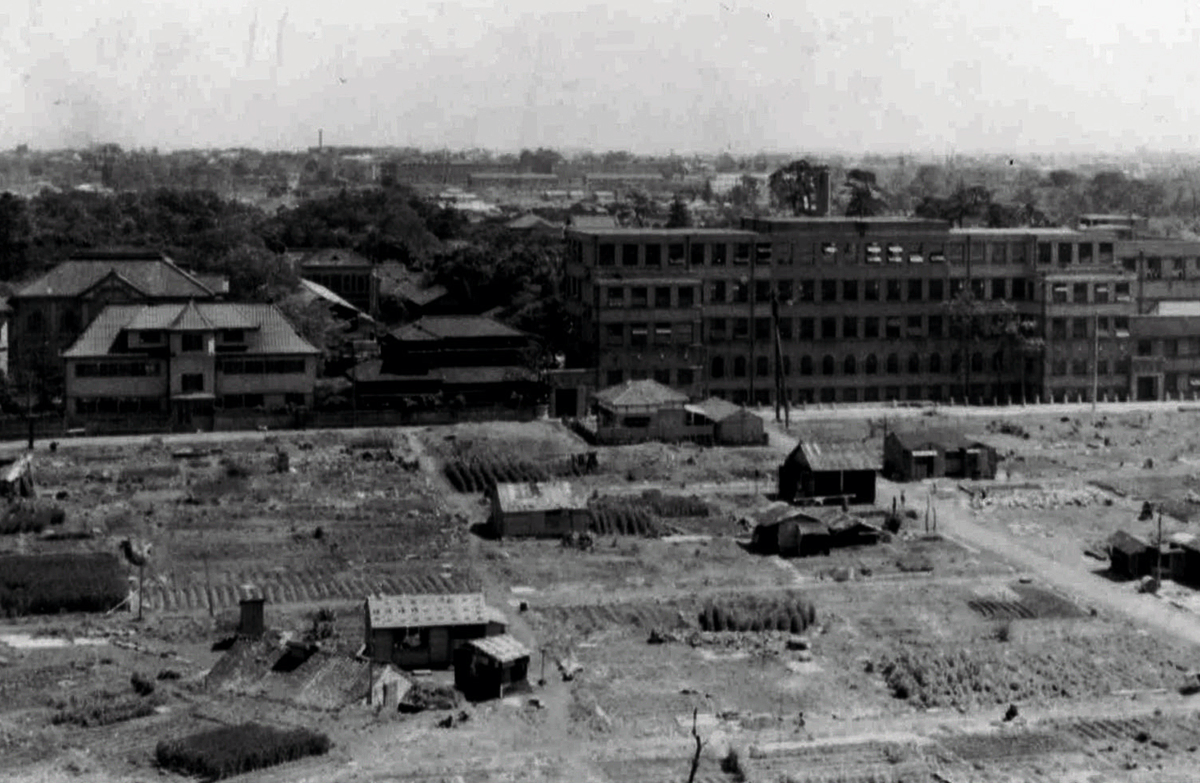 Document Number:100 Years of Sophia_P56_1
Document Number:100 Years of Sophia_P56_1
Sophia campus and surrounding areas devastated by wartime bombardment. At the left rear are new and old buildings of St. Aloysius Hall. The north side of Building No. 1 is to its right. (photo taken from Shinjuku-dōri Street, ca. 1947).
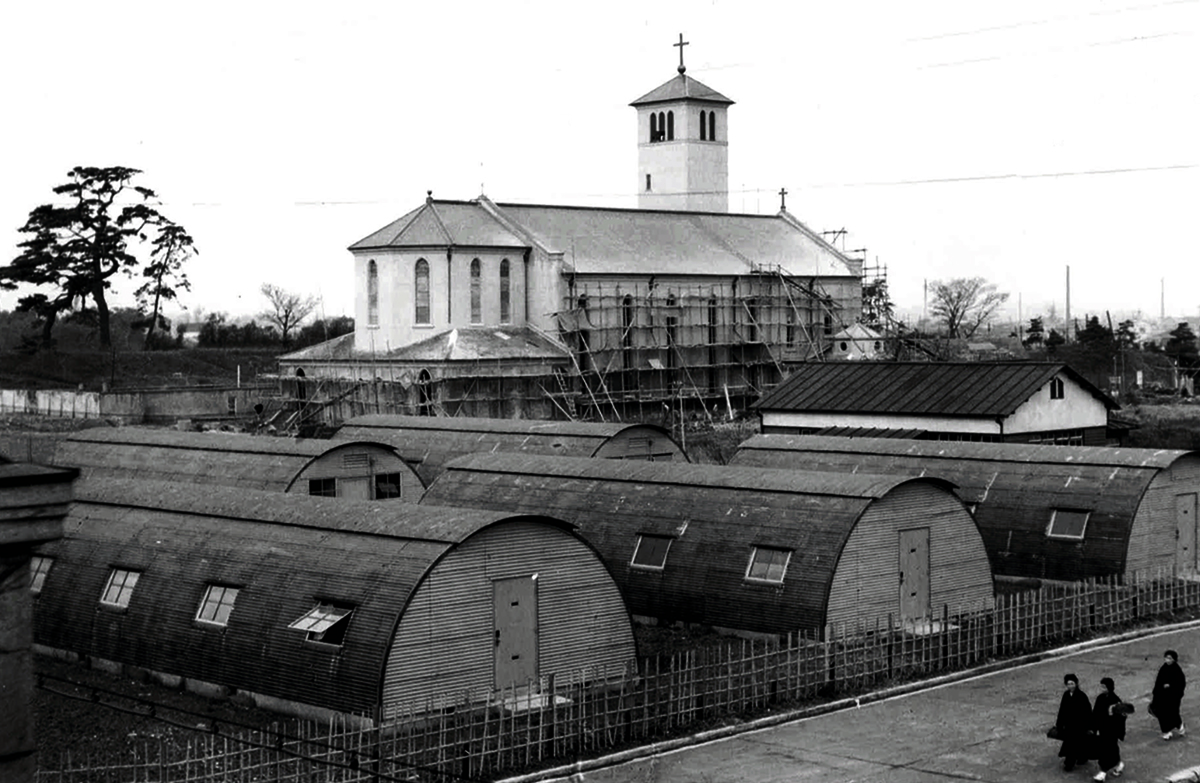 Document Number:100 Years of Sophia_P60_1
Document Number:100 Years of Sophia_P60_1
Quonset huts relocated on the Sophia campus, around the present location of Building No. 6. In the background is the old St. Ignatius Church, still under construction.
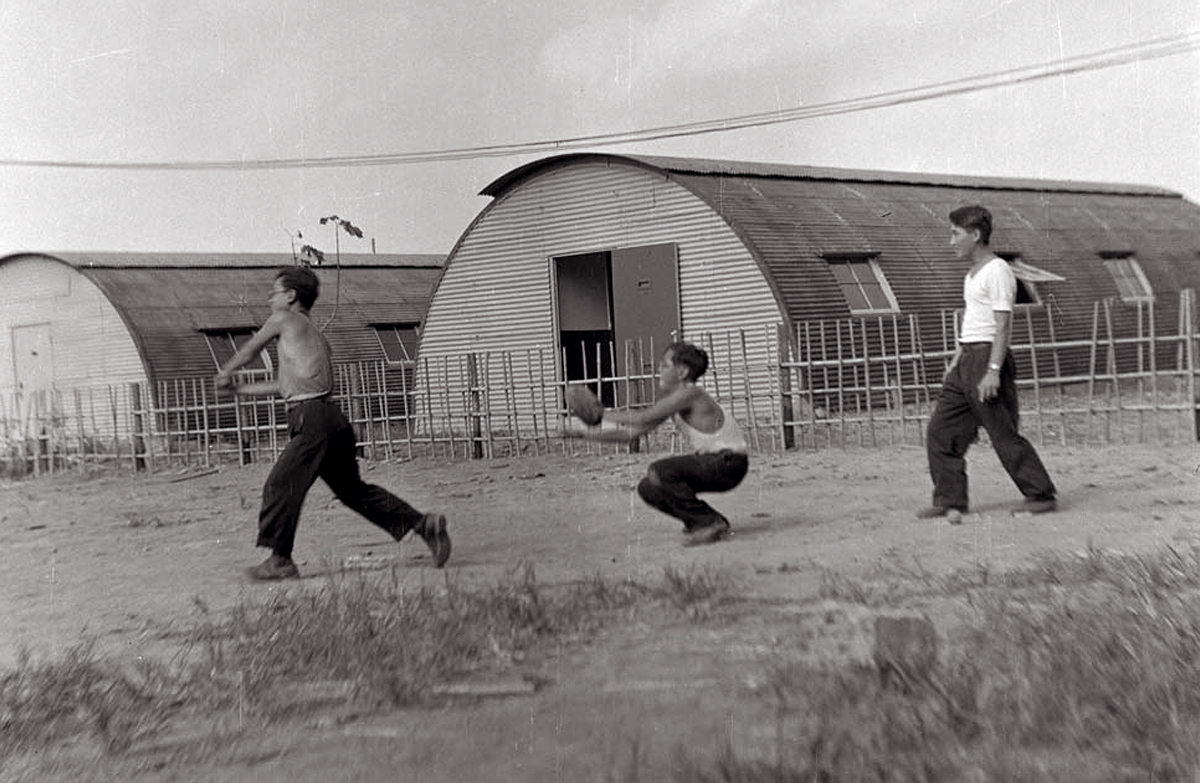 Document Number:nega 1-0038
Document Number:nega 1-0038
Bosch Town dormitory residents playing baseball
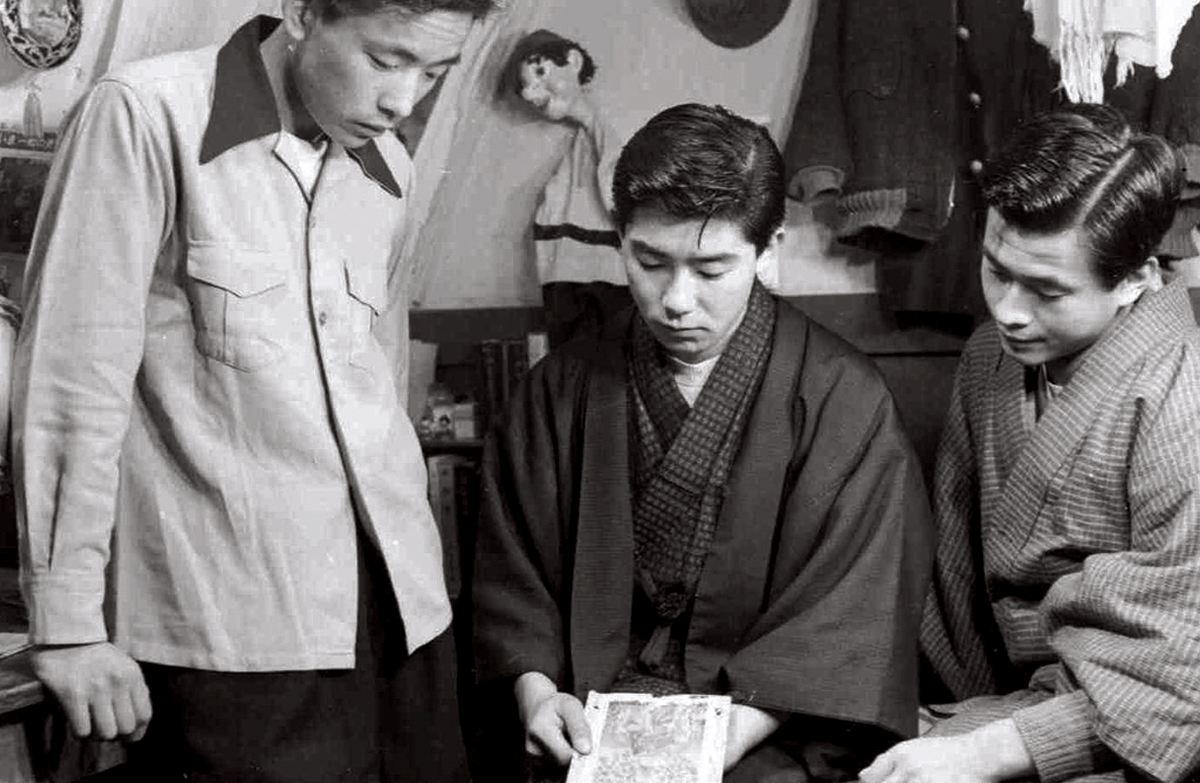 Document Number:100 Years of Sophia_P60_3
Document Number:100 Years of Sophia_P60_3
The interior of a Bosch Town dormitory room
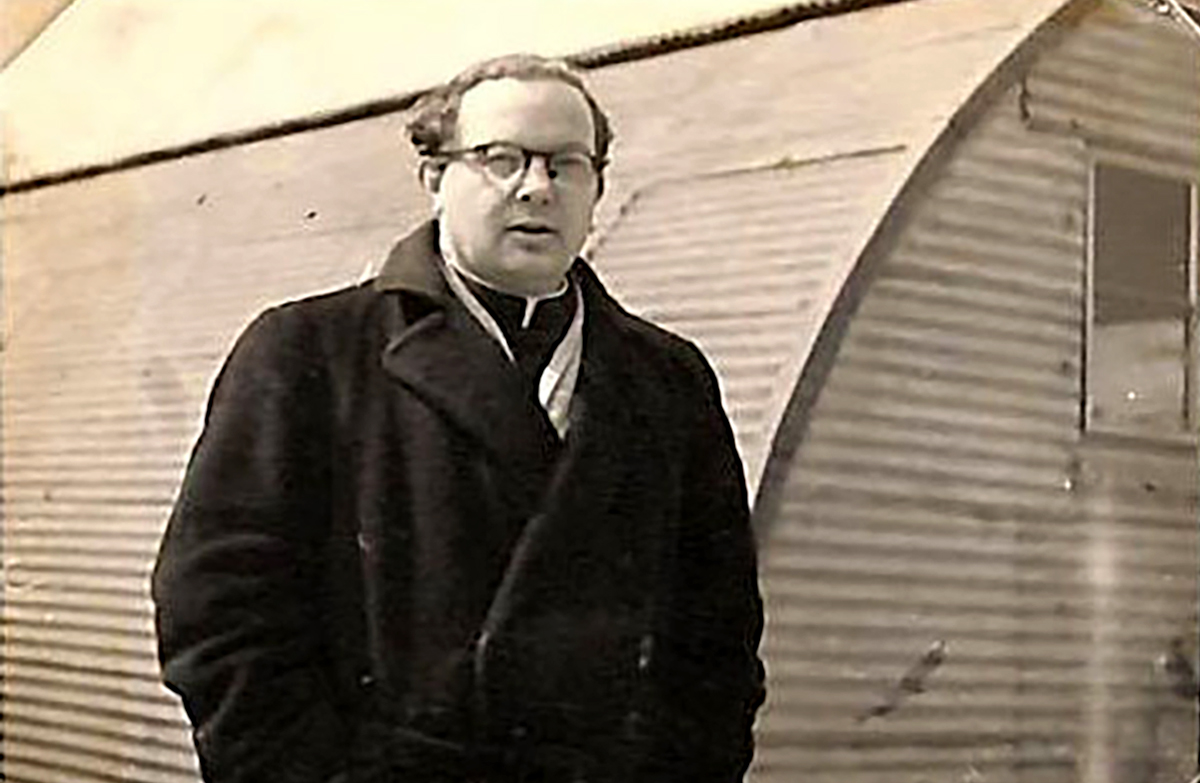 Document Number:Album_3_17_10_P.28
Document Number:Album_3_17_10_P.28
Father Franz Bosch, S.J.(1910-1958)
Father Bosch was born in Germany. Having studied philosophy and theology at Oxford University and at Seattle University, Father Bosch came to Japan in 1940. After learning Japanese, he taught philosophy and German at Sophia starting in 1942, assuming various posts including the Dean of Student Affairs. For twelve years starting in 1943, Father Bosch looked after dormitory residents as the head supervisor. Students called him “Big Buddy,” from which we can sense that he was dearly loved by them.
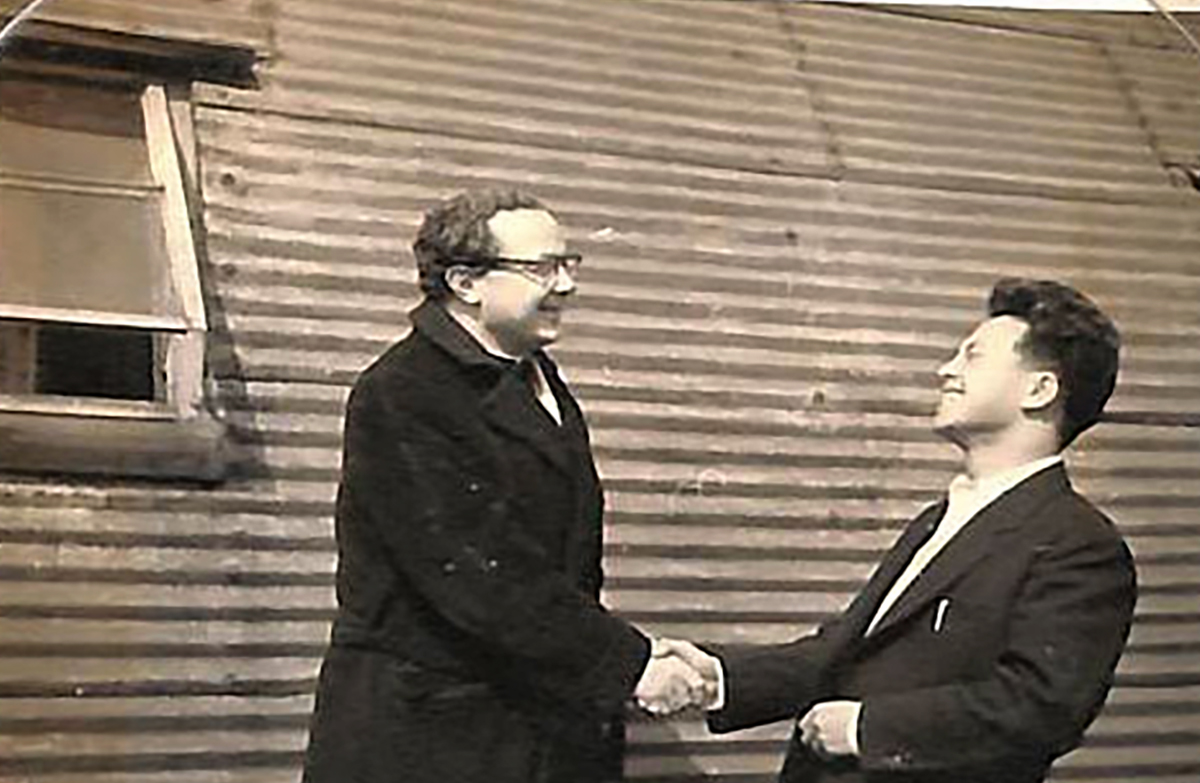 Document Number:Album_3_17_10_P.28
Document Number:Album_3_17_10_P.28
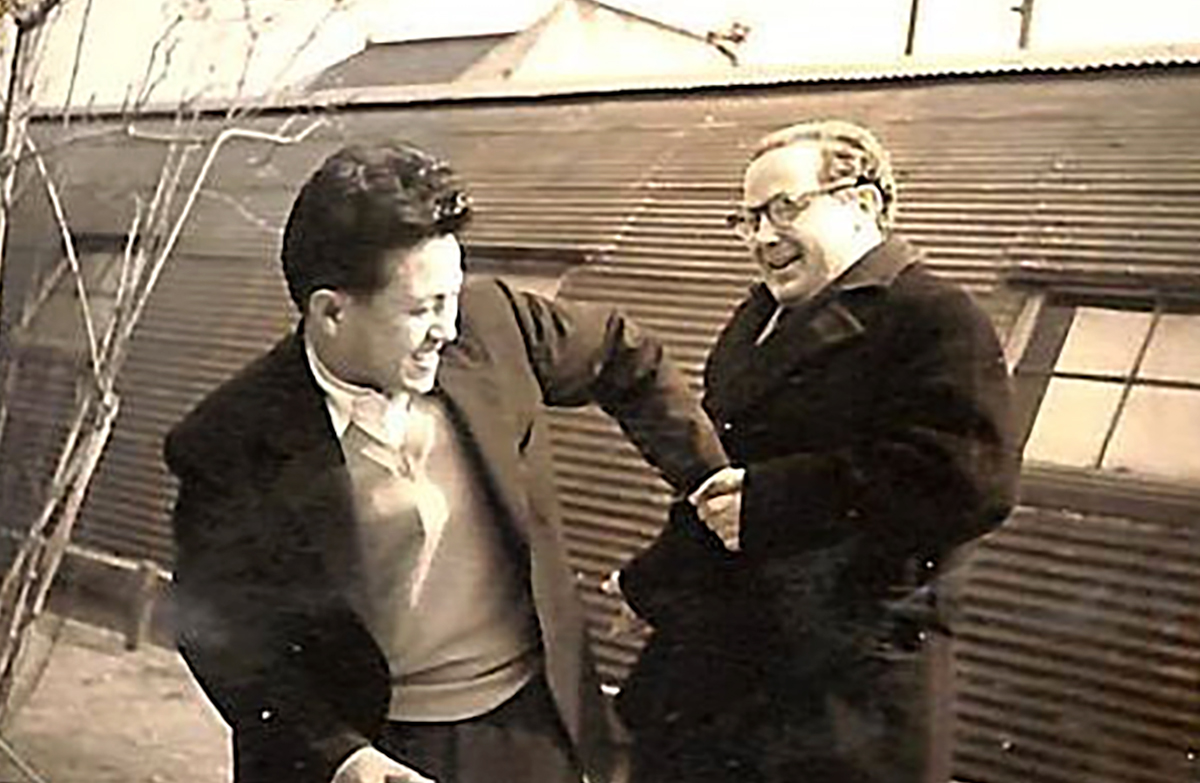 Document Number:Album_3_17_10_P.27
Document Number:Album_3_17_10_P.27
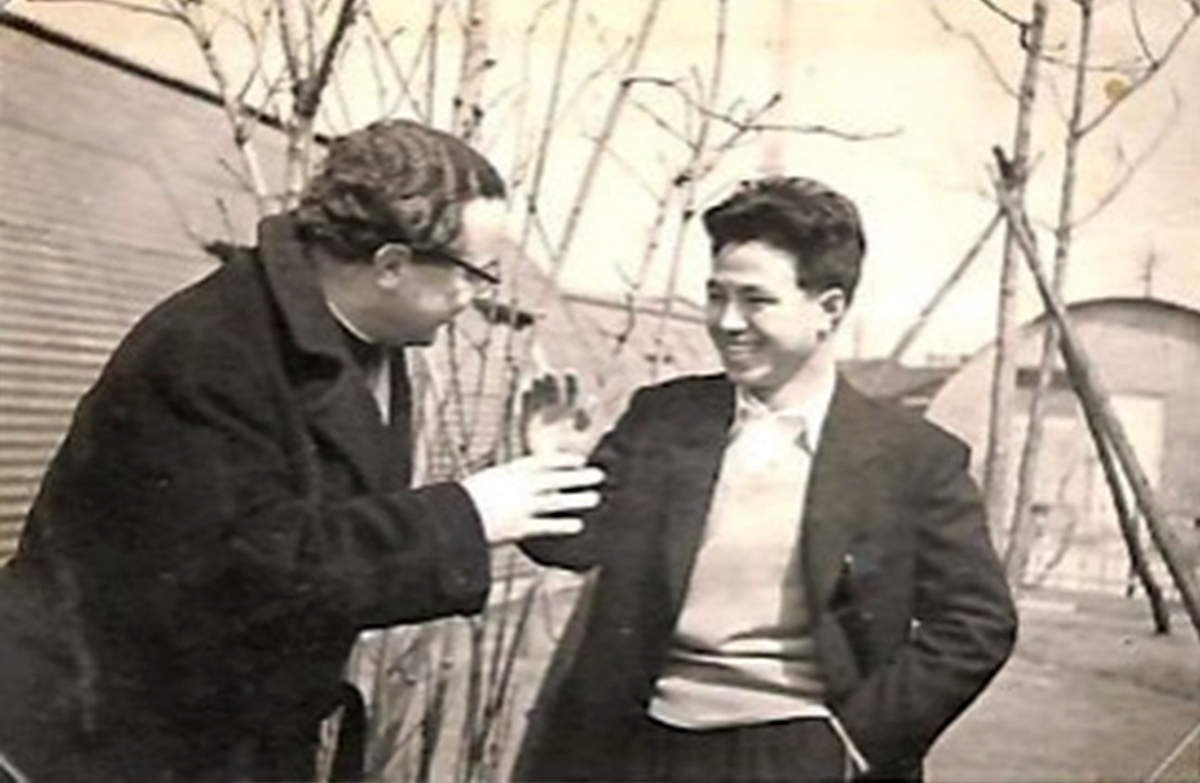 Document Number:Album_3_17_10_P.28
Document Number:Album_3_17_10_P.28
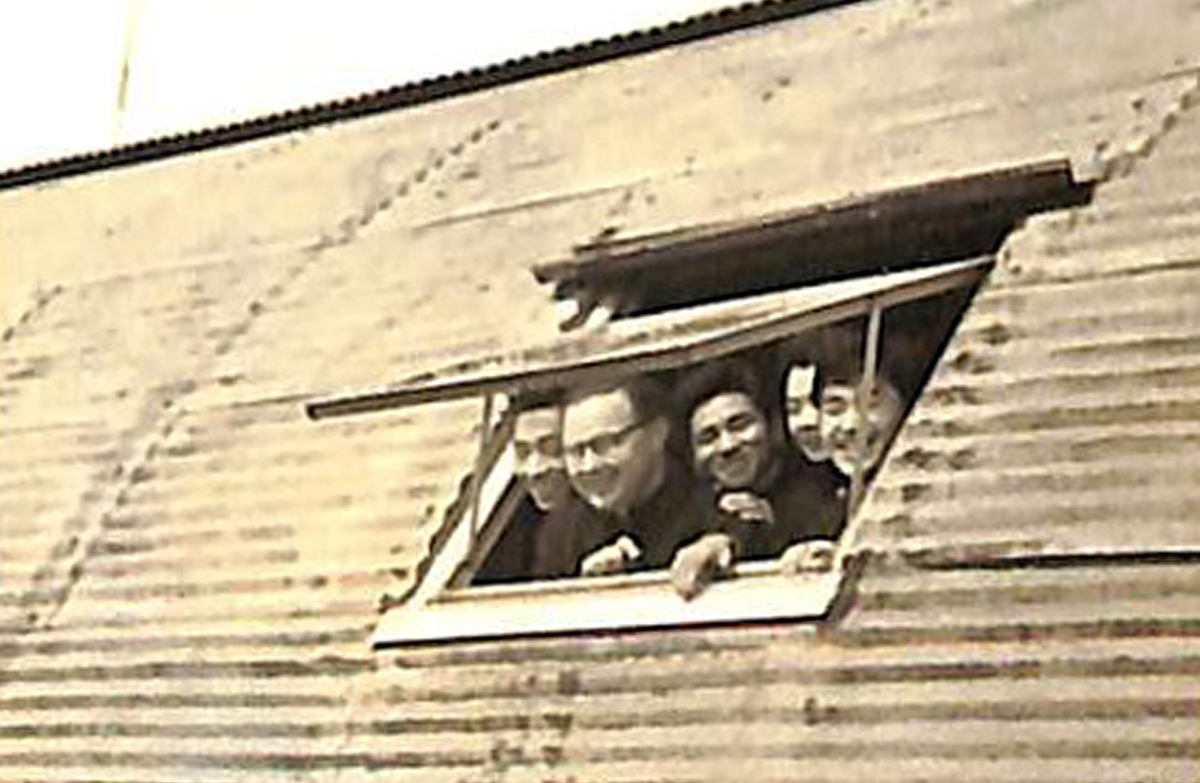 Document Number:Album_3_17_5_P.5
Document Number:Album_3_17_5_P.5
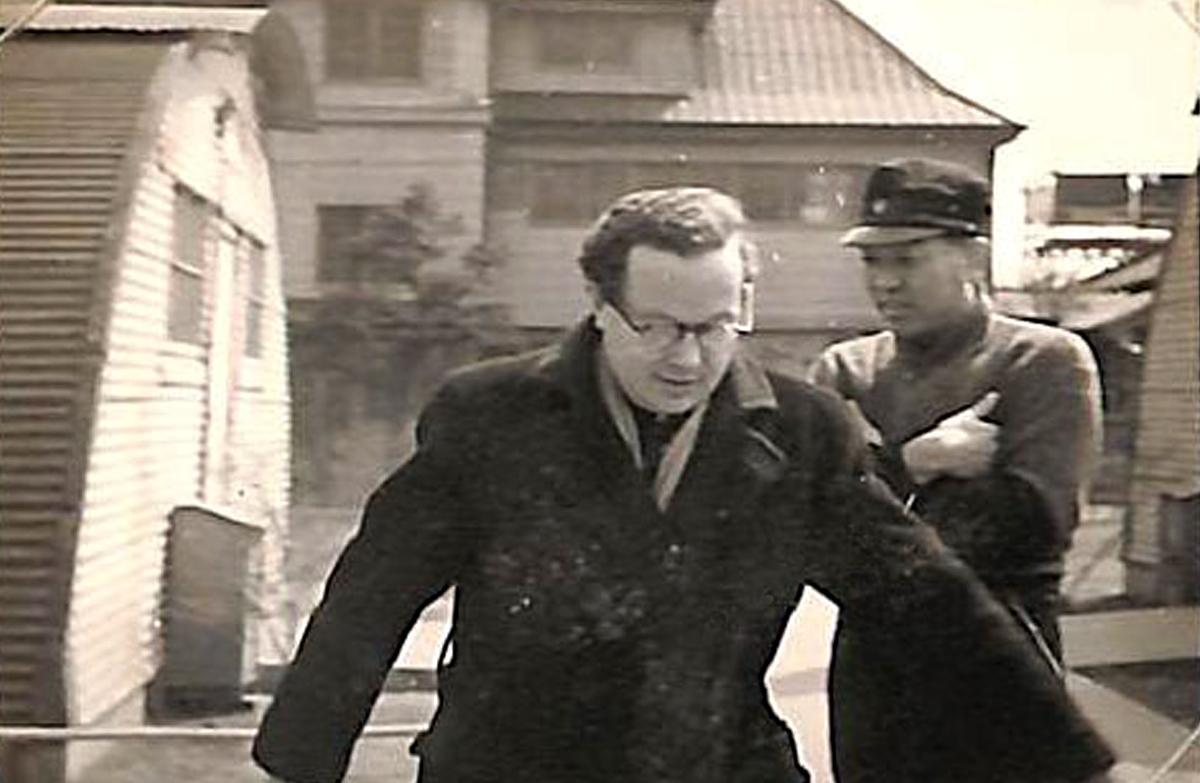 Document Number:Album_3_17_10_P.28
Document Number:Album_3_17_10_P.28
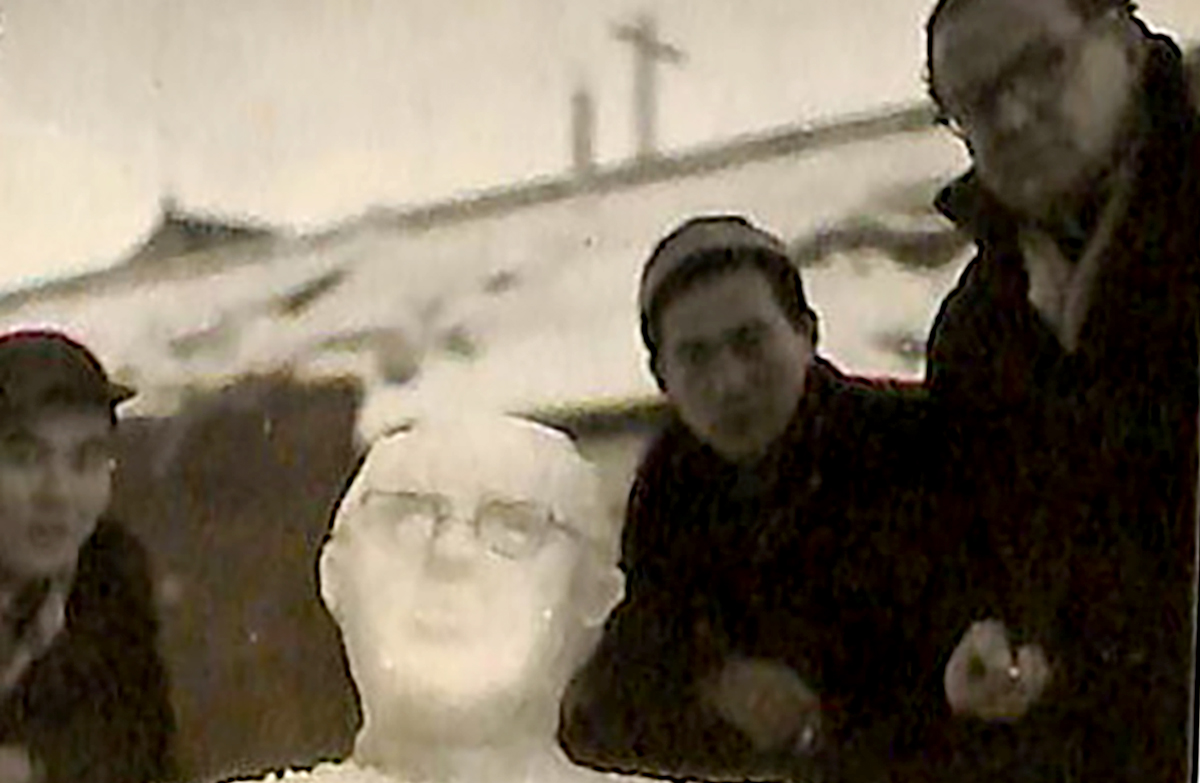 Document Number:Album_3_17_10_P.16
Document Number:Album_3_17_10_P.16